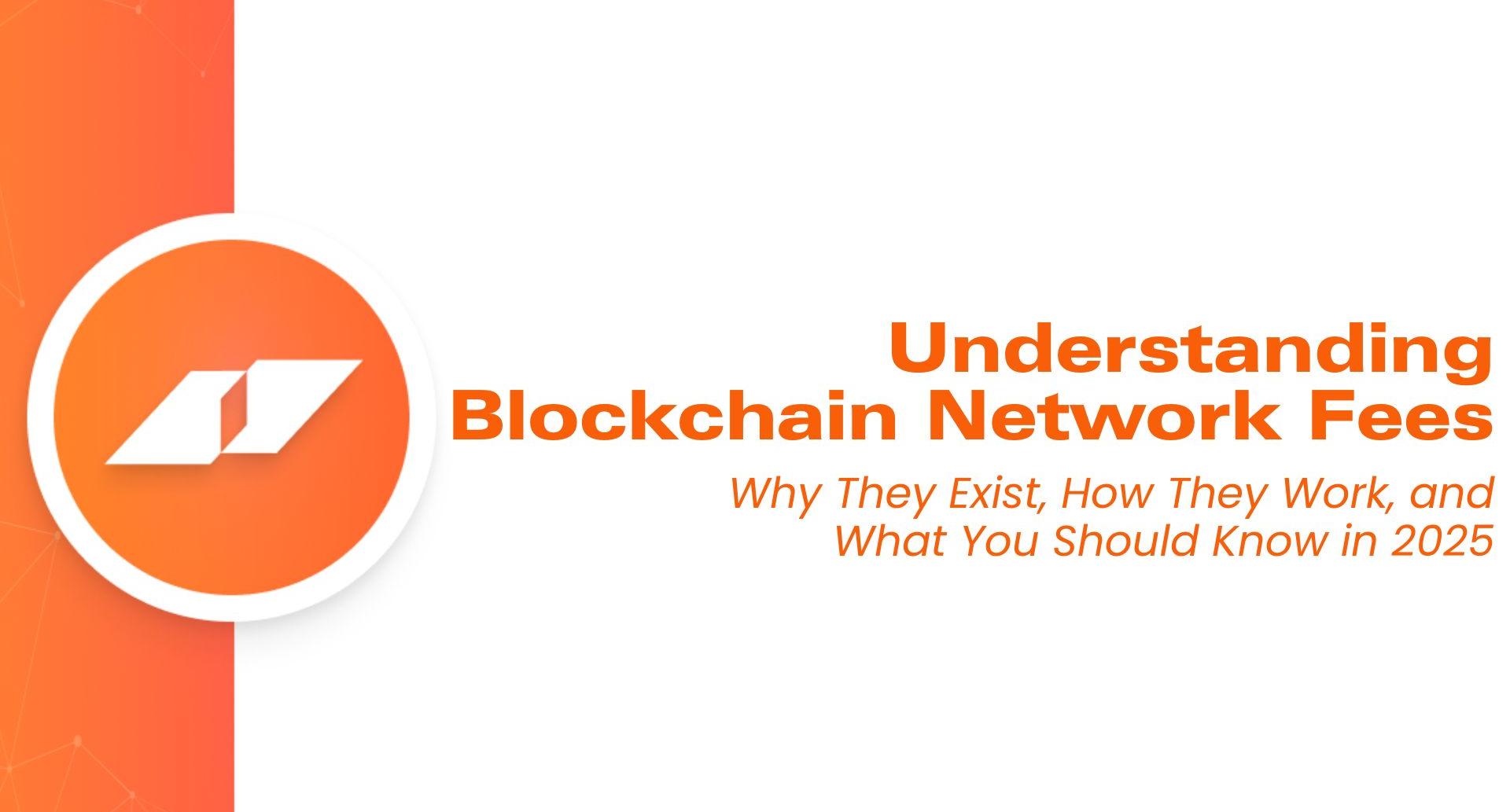Why Do Blockchain Transactions Have Fees, and How Are They Determined?

What Are Blockchain Network Fees?
Blockchain network fees, also known as transaction fees, miner fees, or gas fees (on Ethereum), are charges you pay when sending a transaction on a blockchain. These fees go to the individuals or entities (miners or validators) who validate and record your transaction on the blockchain.
Unlike traditional banking systems that may hide their operational costs behind monthly service charges or exchange rates, blockchain networks make the cost of operation explicit. When you see a network fee, you're witnessing the real-time economics of decentralized infrastructure at work.
Why Do These Fees Exist?
There are a few core reasons why network fees are necessary:
- 1. Incentivizing Validators or Miners: In Proof-of-Work blockchains like Bitcoin, miners use computational power to solve complex mathematical problems. In Proof-of-Stake blockchains like Ethereum 2.0, validators are chosen to propose and validate new blocks. Either way, the network needs to compensate them. Fees act as a direct reward mechanism.
- 2. Prioritizing Transactions: When a network becomes busy, only so many transactions can be added to the next block. Users can offer higher fees to get their transactions processed faster. This creates a basic market dynamic where price signals help prioritize activity.
- 3. Preventing Spam: By attaching a cost to each transaction, the network deters bad actors from overwhelming the system with junk data. Think of fees as a built-in filter against misuse.
How Are Network Fees Calculated?
The method of calculating network fees differs depending on the blockchain:
- Bitcoin (BTC): Bitcoin fees are generally calculated based on the transaction size in bytes and current network demand. Larger transactions consume more block space and cost more to process.
- Ethereum (ETH): Ethereum uses a gas system. Every operation (e.g., sending ETH, calling a smart contract) requires a certain amount of gas. Your total fee is:
Gas Fee = Gas Units × (Base Fee + Priority Tip)- Base Fee: Dynamically adjusted based on network activity.
- Priority Tip: An optional incentive to validators.
- Layer-2 Networks and Altchains: On rollups and sidechains like Arbitrum, Optimism, or Polygon, fees are generally lower but still follow a similar logic—you pay based on computational load and network congestion.
- Address Poisoning and Fee Manipulation: A rising trend in 2025 is the manipulation of gas fees via address poisoning and fake token approvals. Always triple-check wallet addresses and be cautious with unfamiliar tokens in your wallet.
Factors That Affect Network Fees
Several variables can impact how much you pay:
- Network Congestion: Higher traffic = higher fees.
- Transaction Type: Simple transfers cost less than complex smart contract interactions.
- Time of Day: Fees often spike during business hours in major economic regions.
- Wallet or Platform: Some wallets allow you to customize the gas fee; others use pre-set tiers.
Why Do Fees Vary So Much?
This is a question we hear a lot at BitJeton. Blockchain is a decentralized system. There isn’t a central authority deciding what fees should be. It’s the users and validators together who determine this dynamically through supply and demand. If too many users try to transact at once, fees go up. If activity drops, so do the costs.
This unpredictability is both a feature and a challenge. While it allows for flexibility and market-driven behavior, it also causes confusion and frustration for those expecting fixed costs like in traditional finance.
What About “Zero-Fee” Platforms?
Some platforms advertise “zero fees” but often this just means the cost is hidden elsewhere: wider spreads, withdrawal fees, or baked-in exchange rates. At BitJeton, we believe in showing you exactly what you’re paying and why.
How BitJeton Helps You Save on Fees
BitJeton uses optimized routing and transaction batching when possible to reduce your effective costs. Whether you’re processing customer payouts, making bulk transfers, or swapping assets, we help you do it in a way that’s transparent and efficient.
Our platform doesn’t just show you a single number—we break down what you’re paying in network fees, processor costs, and any optional add-ons. We also flag unusually high fees in real time so you can wait or adjust.
Final Thoughts: Transparency Is Power
Crypto is built on transparency; and so are we. As you interact with crypto in 2025 and beyond, understanding network fees will help you navigate smarter, spend less, and stay secure.
🔍 We’ve outlined everything you need to know on our Fees Page. Check it out to see how we keep your crypto journey clear, fair, and cost-effective.